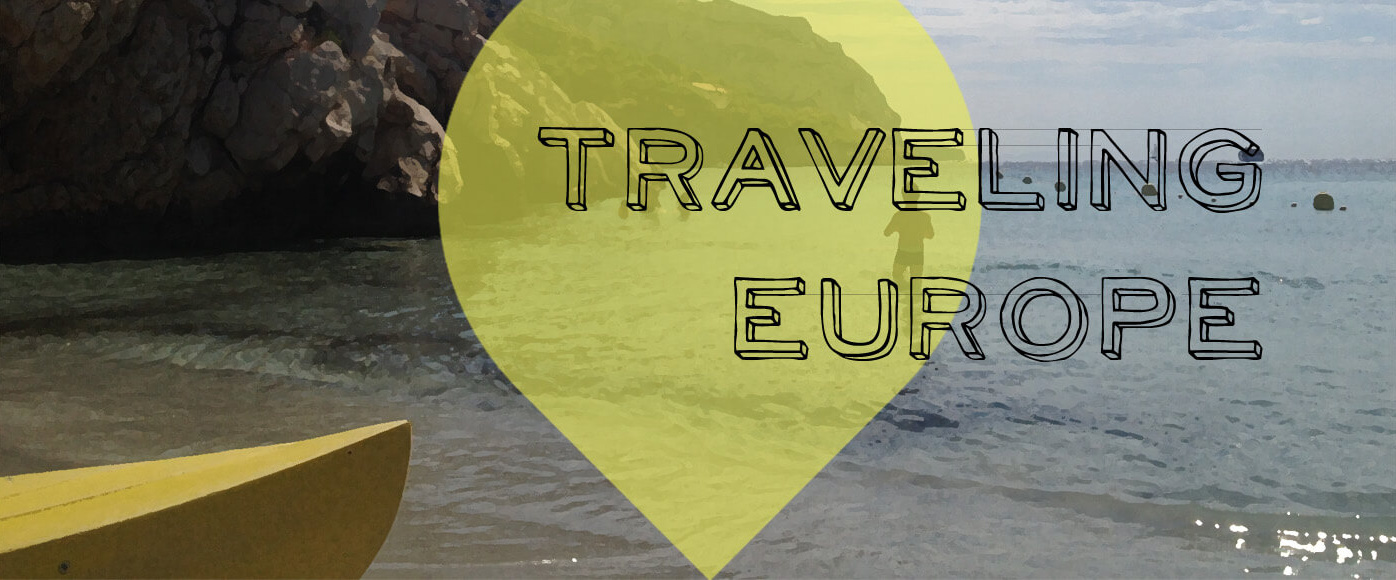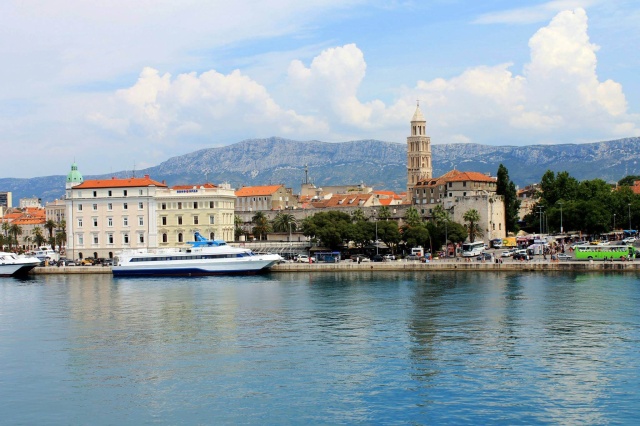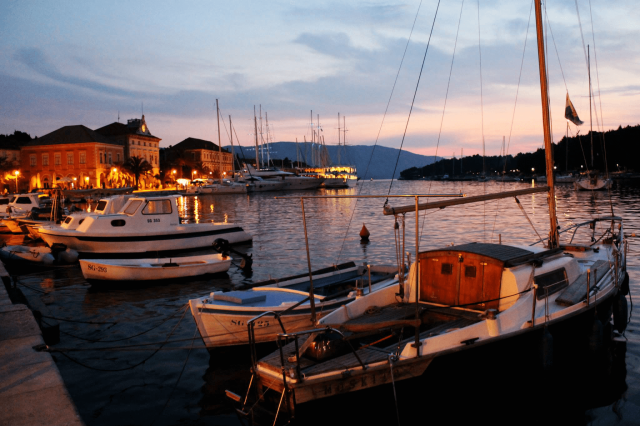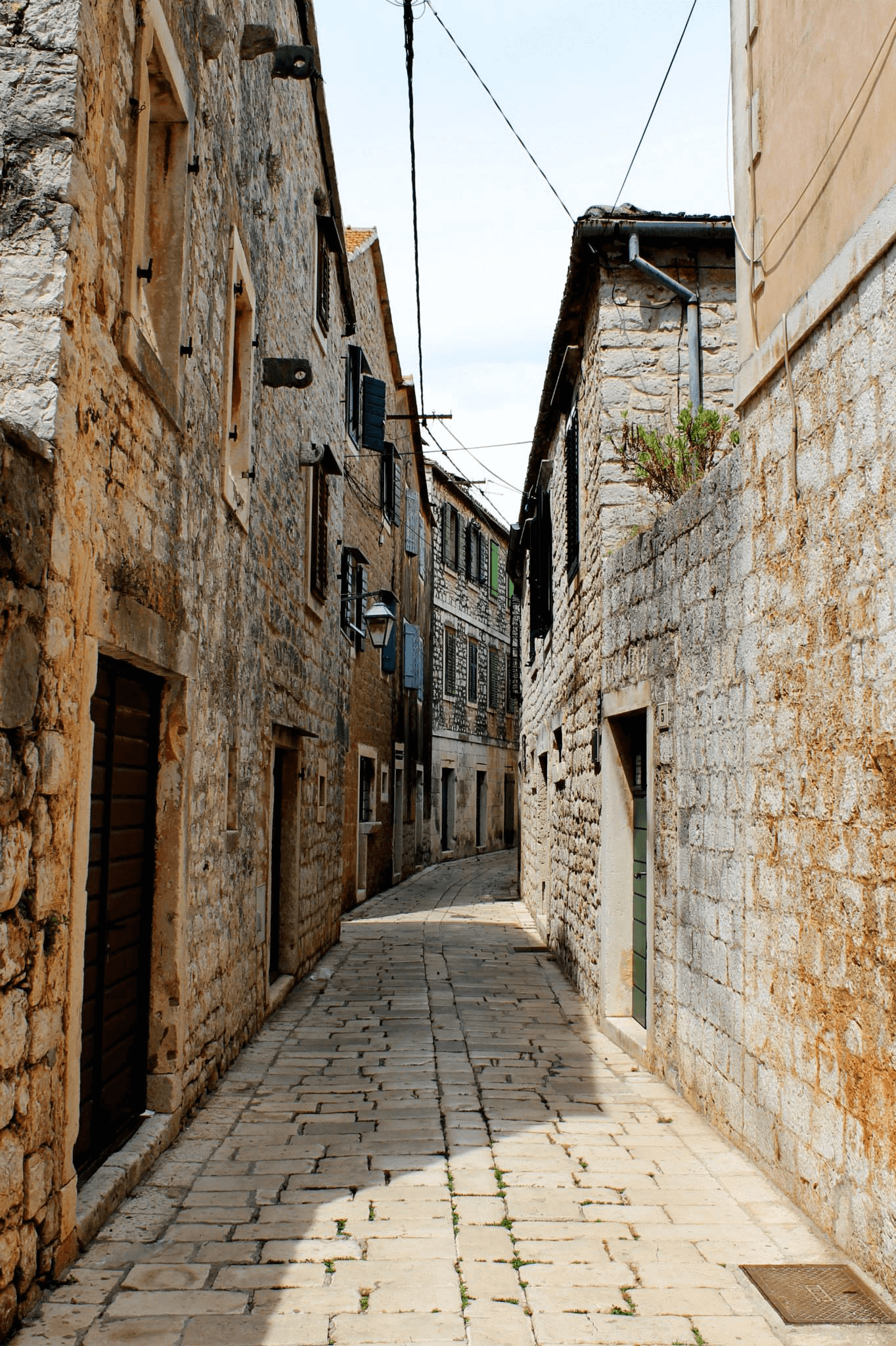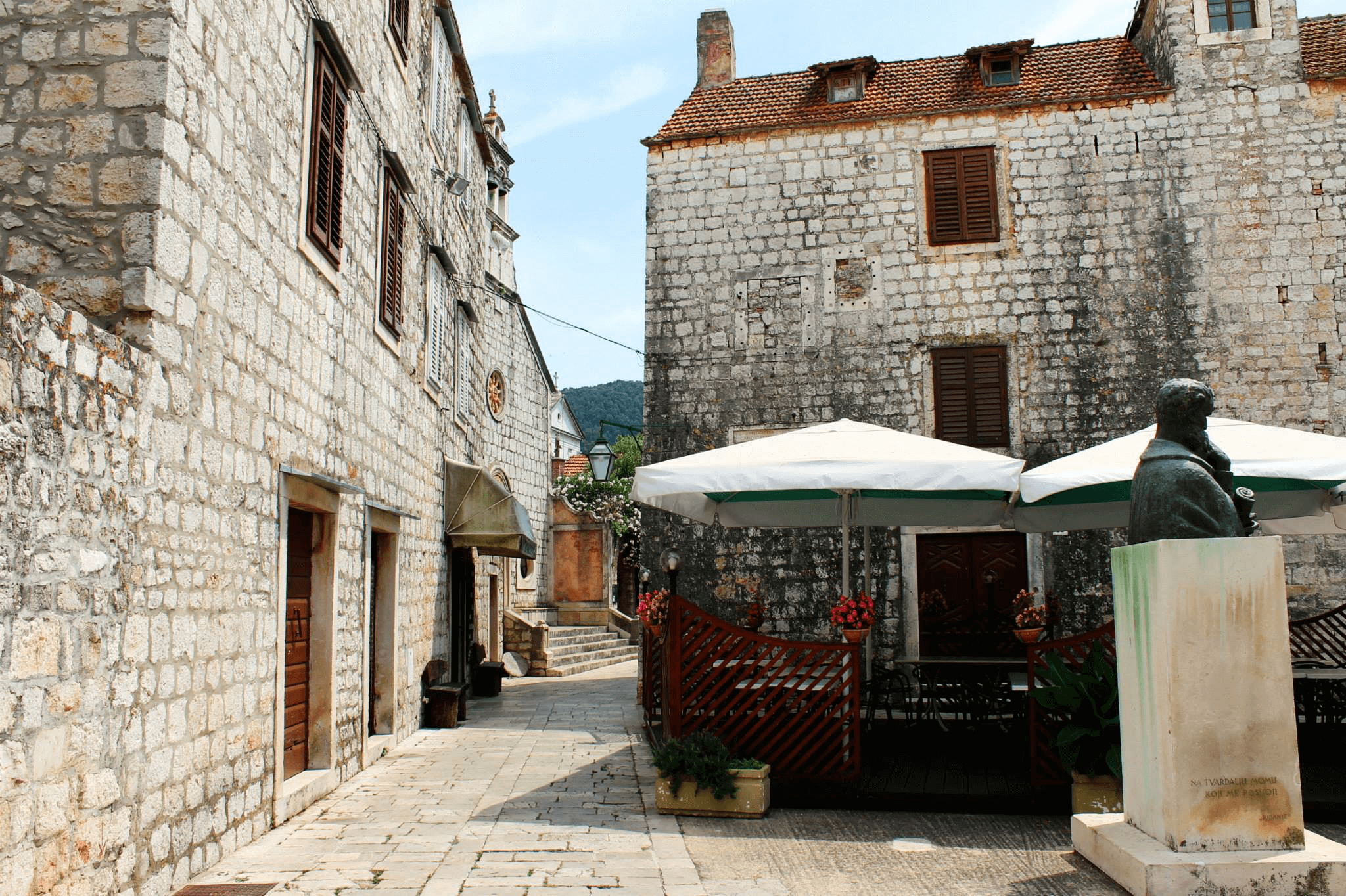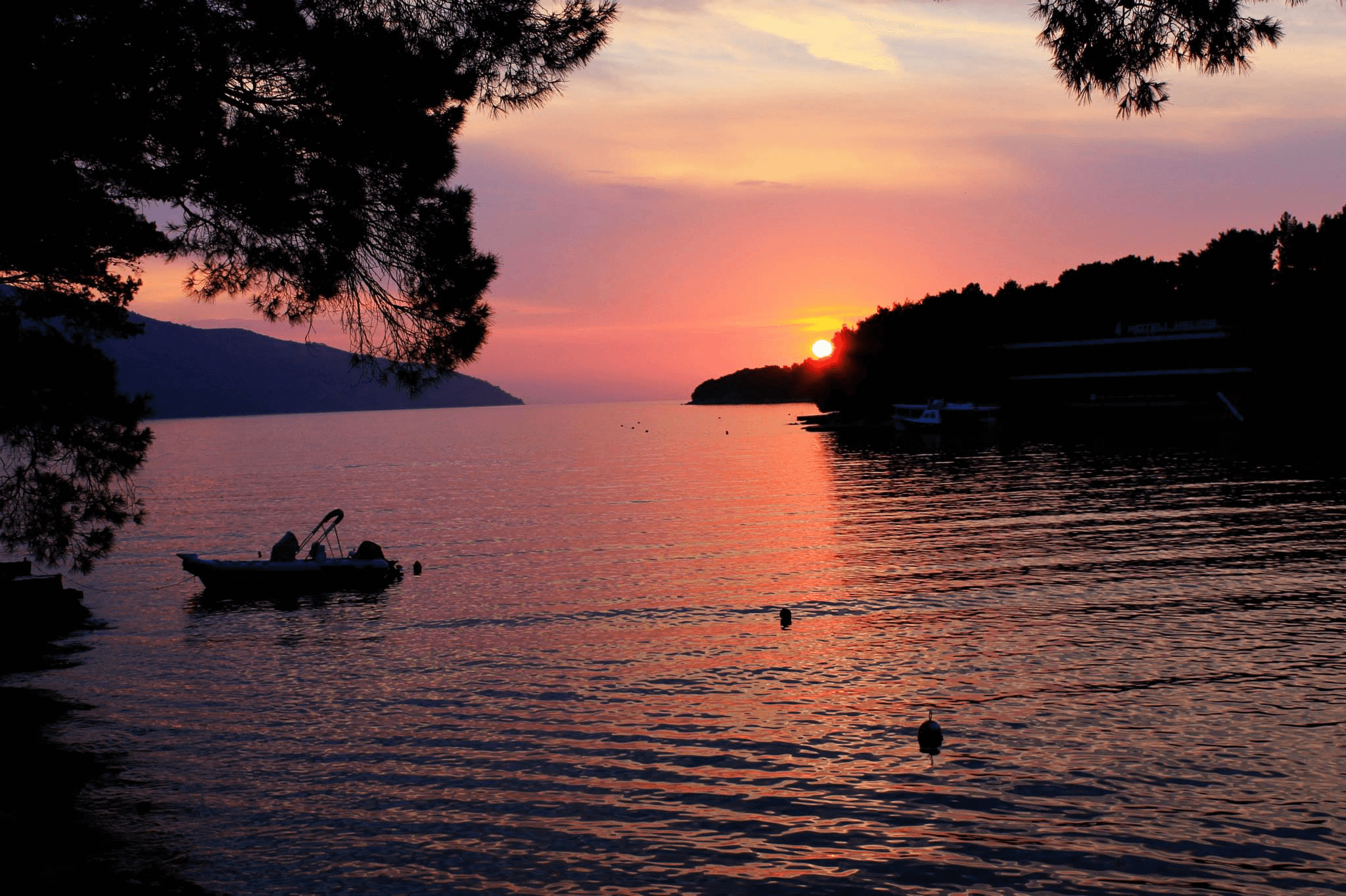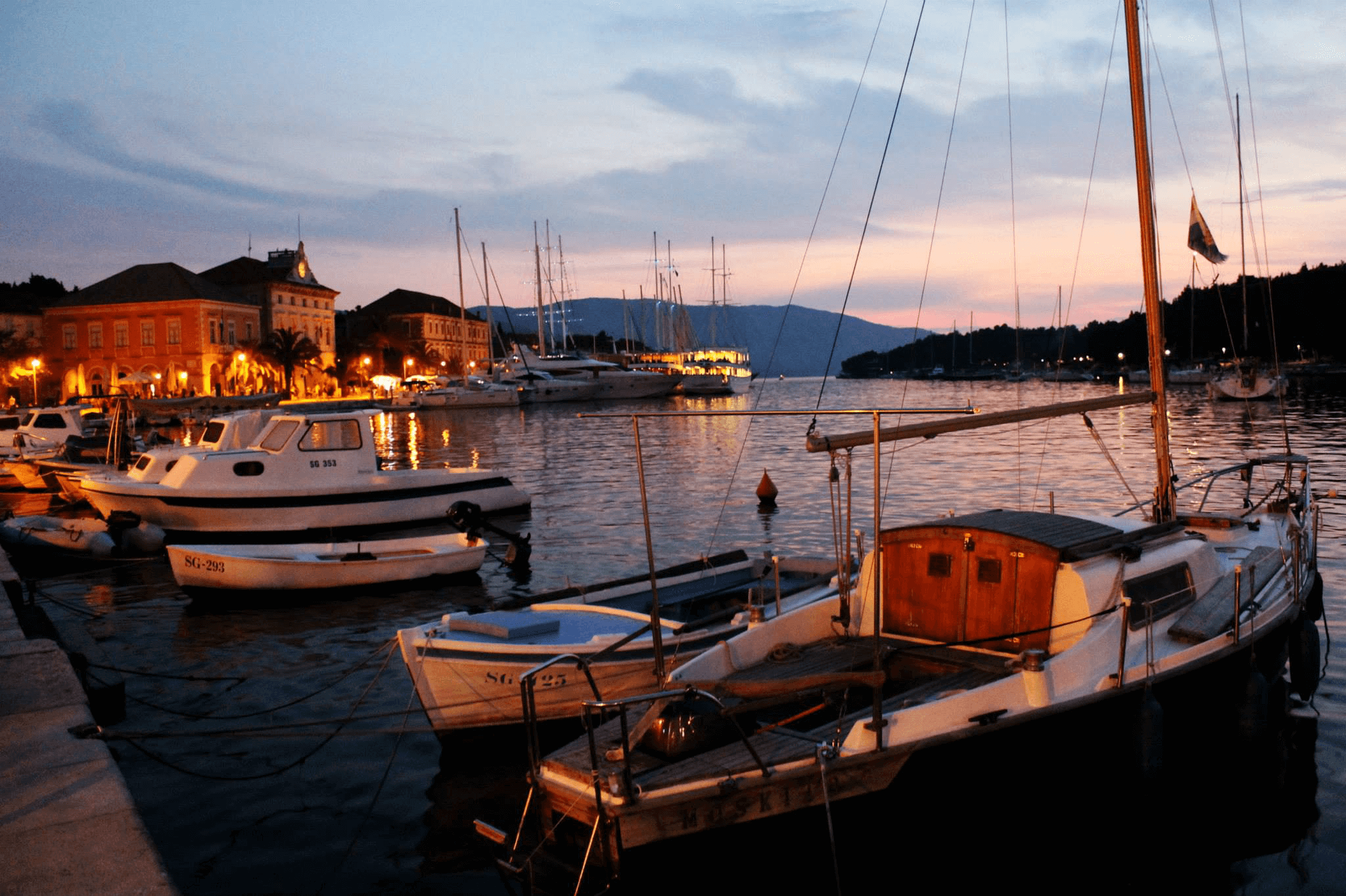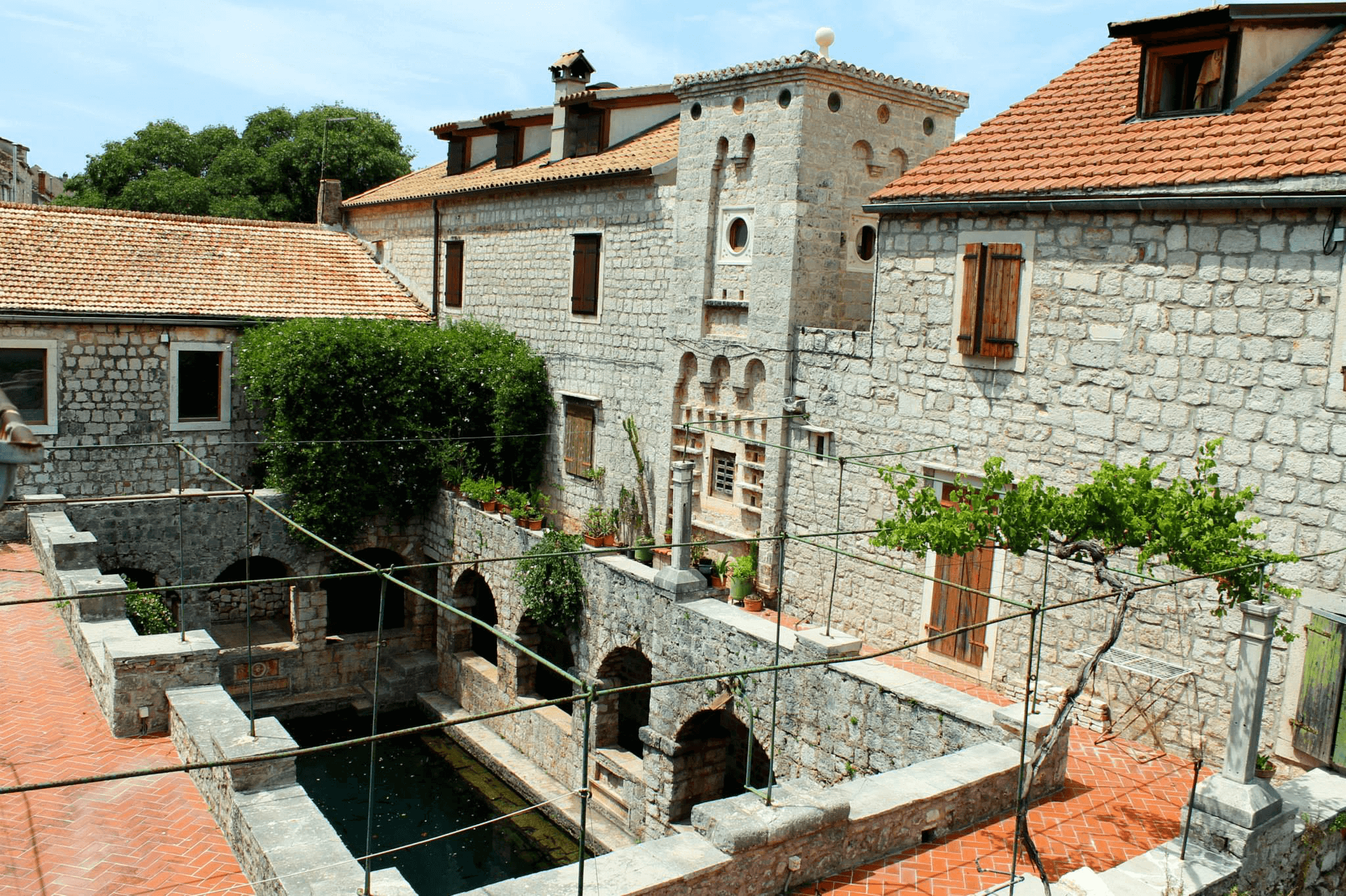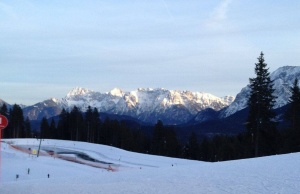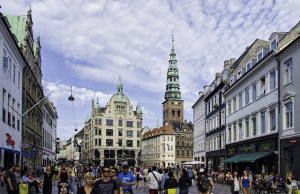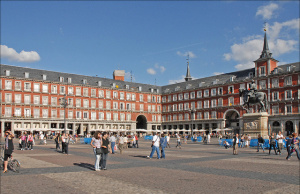My favorite small European cities (#5-1)
The list continues…
- Hvar, Croatia
The island of Hvar is located off the coast of Dalmatia, Croatia in the Adriatic Sea. Due to this strategic location, it has long been an important area for sailors and traders, which has led to many groups of inhabitants throughout history, dating back to pre-historic times. Today, the city of Hvar is located on the western side of the island. It has a super beachy, relaxed feel and amazing views of the sea. What I especially loved was the architecture!
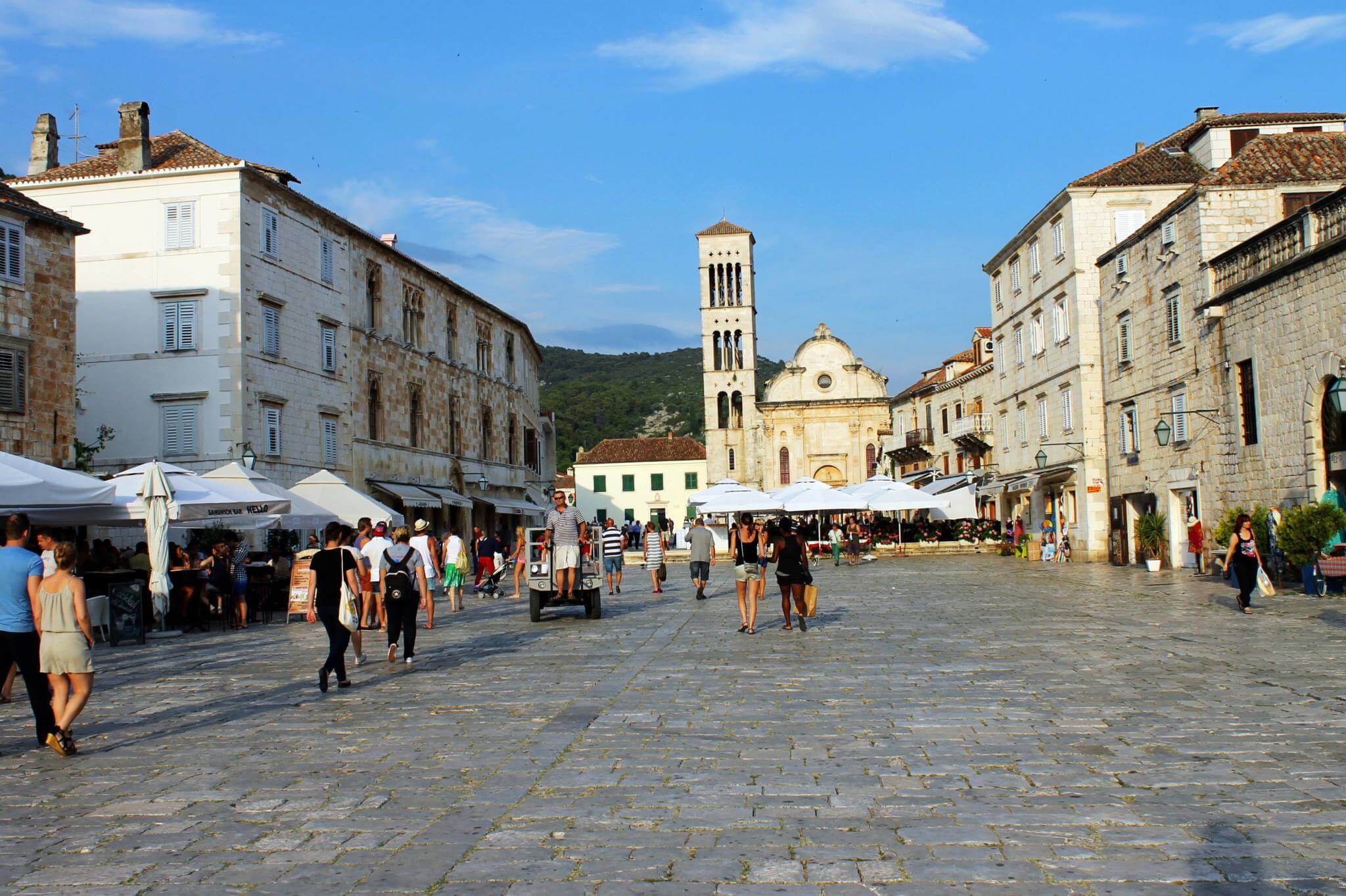
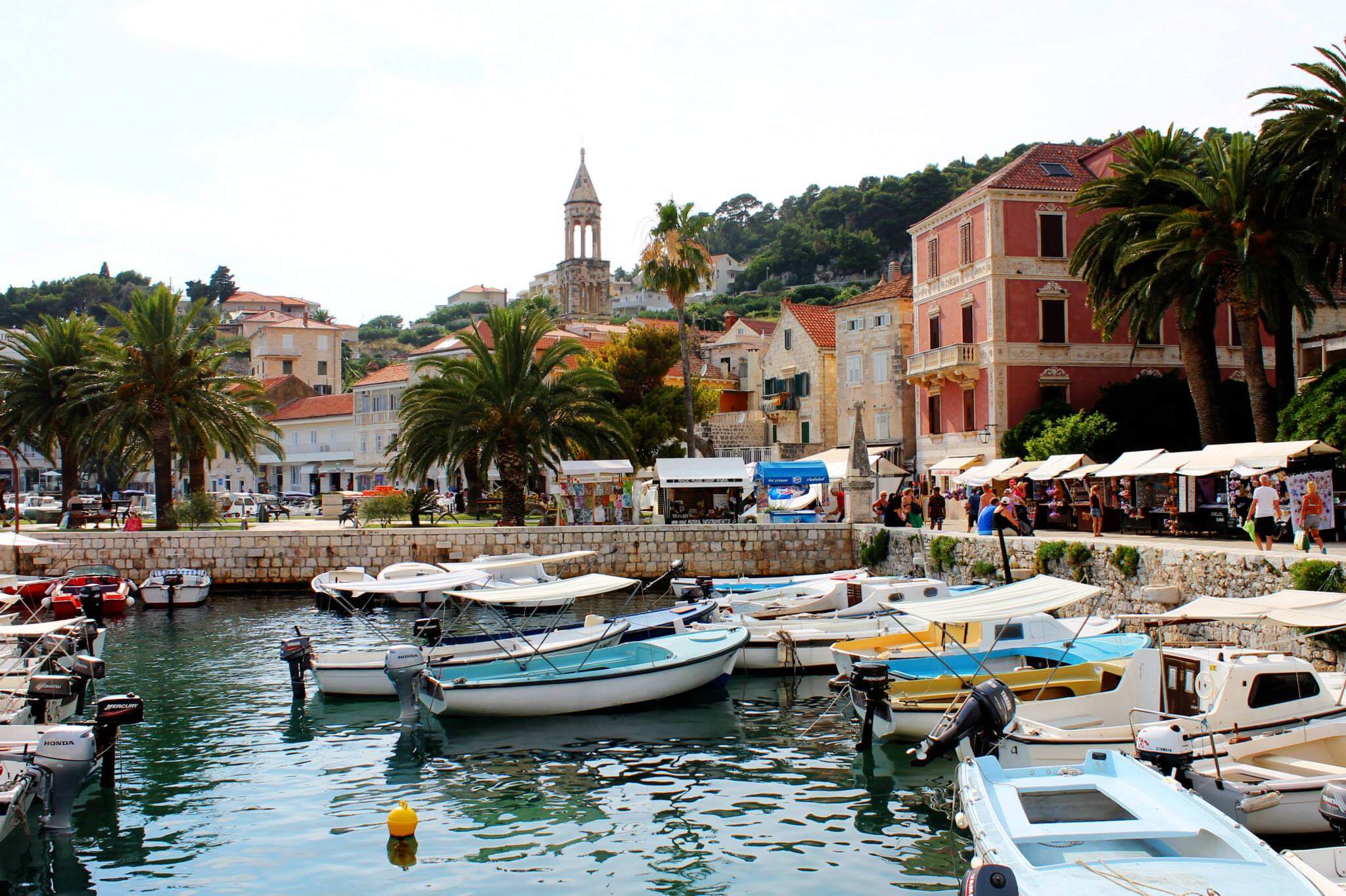
- Split, Croatia
Though Split is the second largest city in Croatia, it still only has about 300,000 inhabitants, which qualifies it as a small city for this list, thank goodness! Split already is super cool because of its location on the Sea and you can absolutely feel the direct connection with the traditional foods and especially the harbor in the city center. What is so special about Split, however, is Diocletian’s Palace, an ancient palace build in the fourth century AD that remains in the center of the city. It is actually more of a fortress, however, as it isn’t covered, but rather protects the other buildings inside. When we were there, there was live music playing in one of the squares with many people dancing and singing along. Really cool!
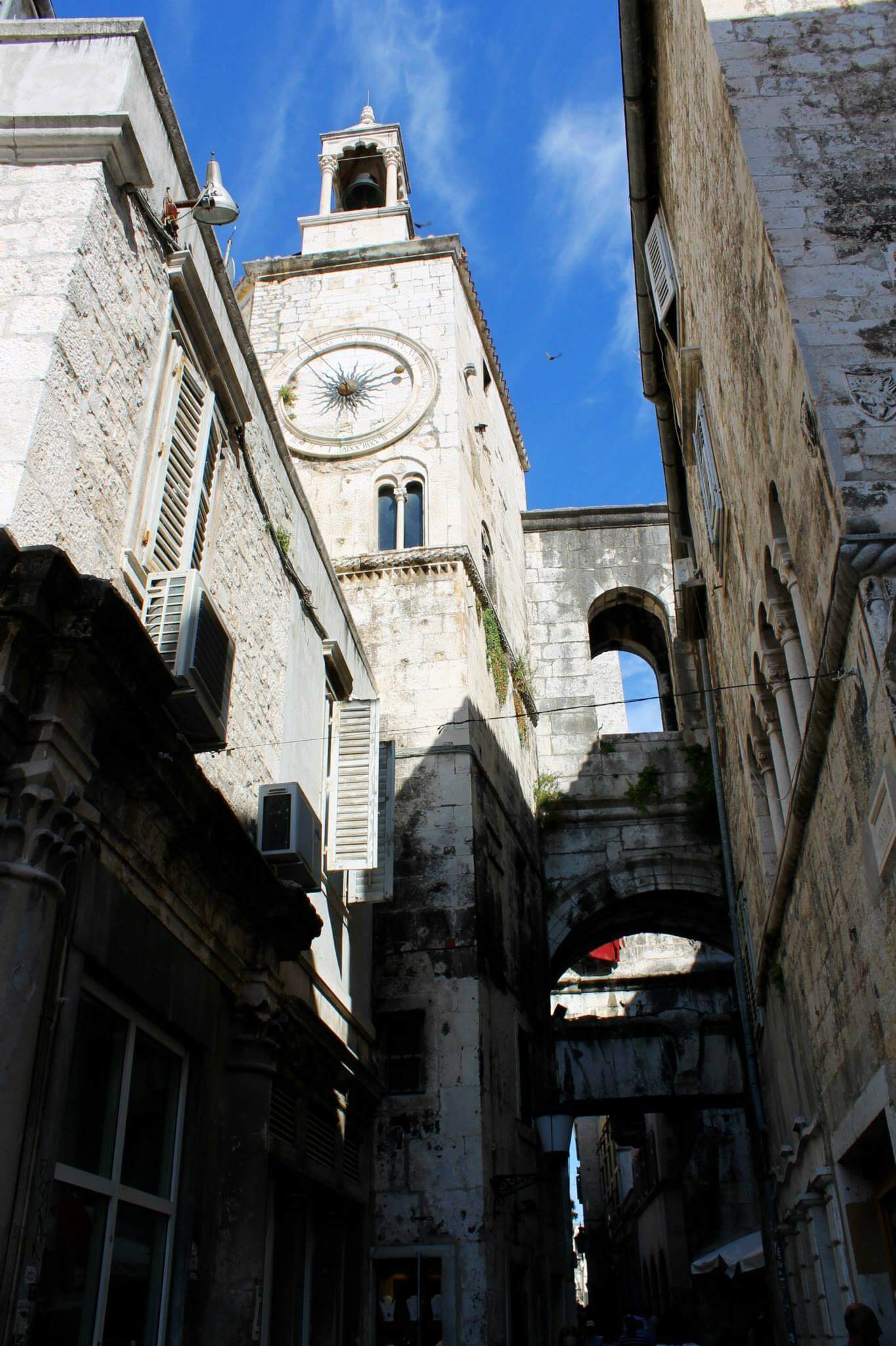
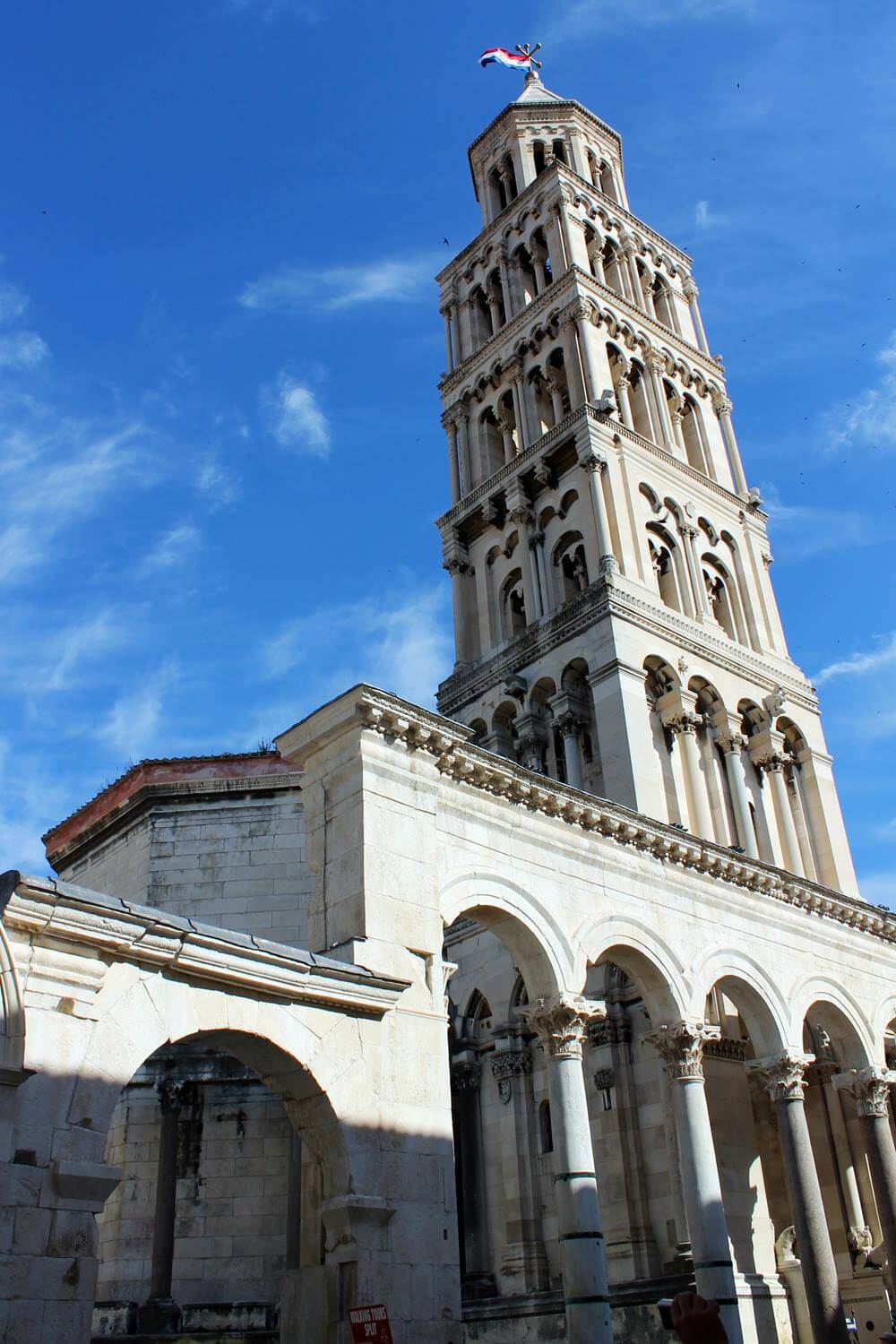
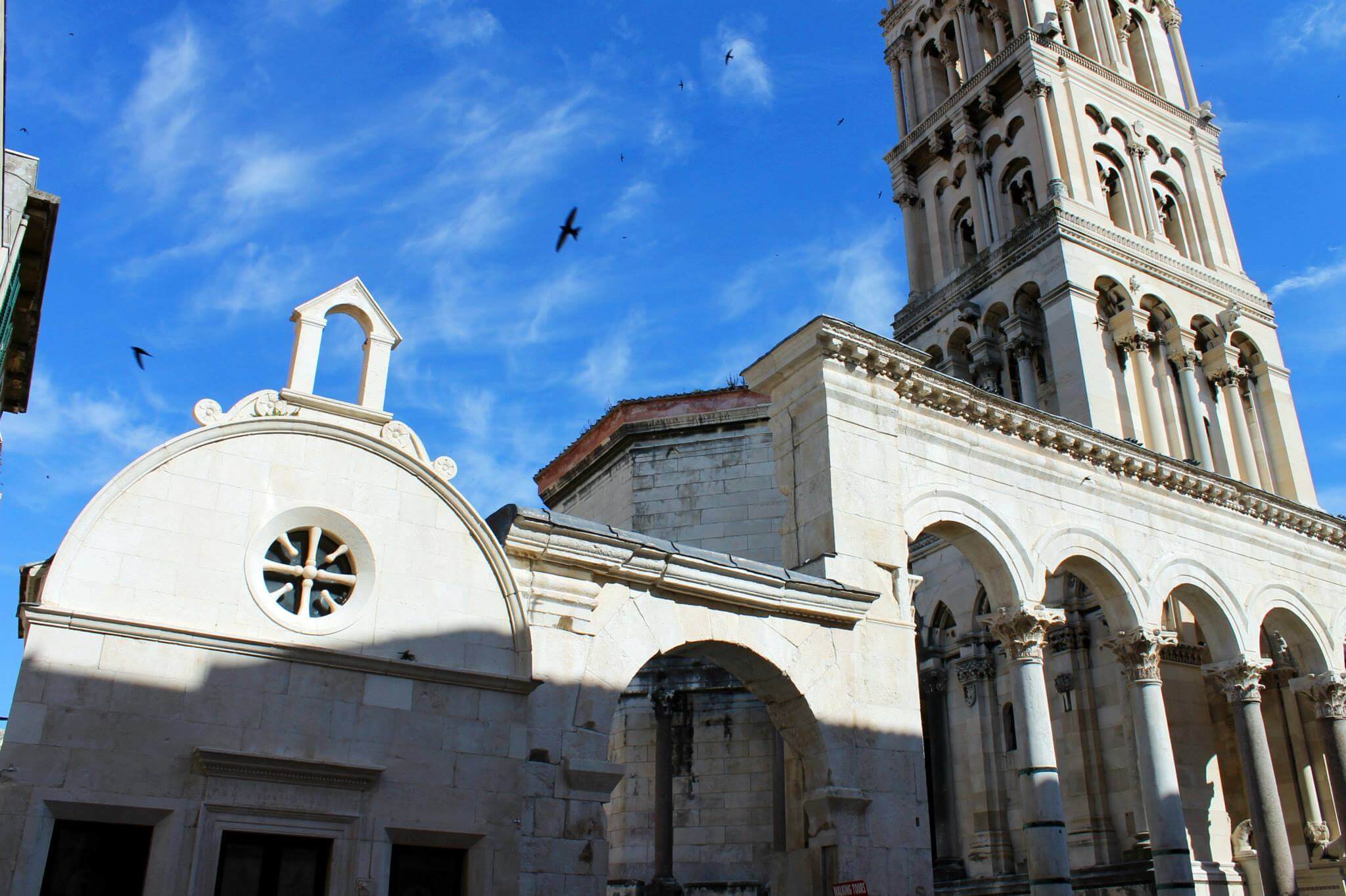
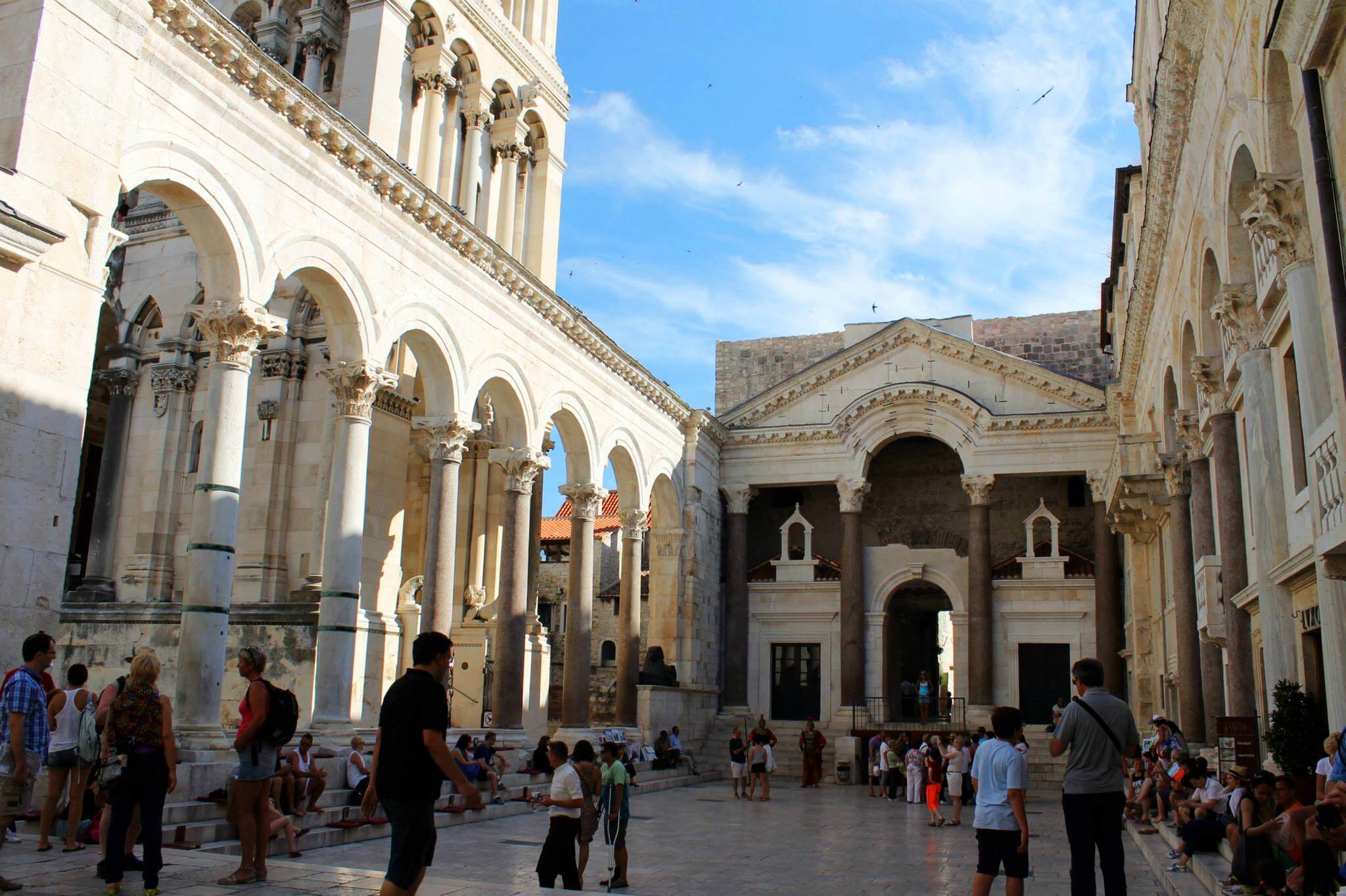
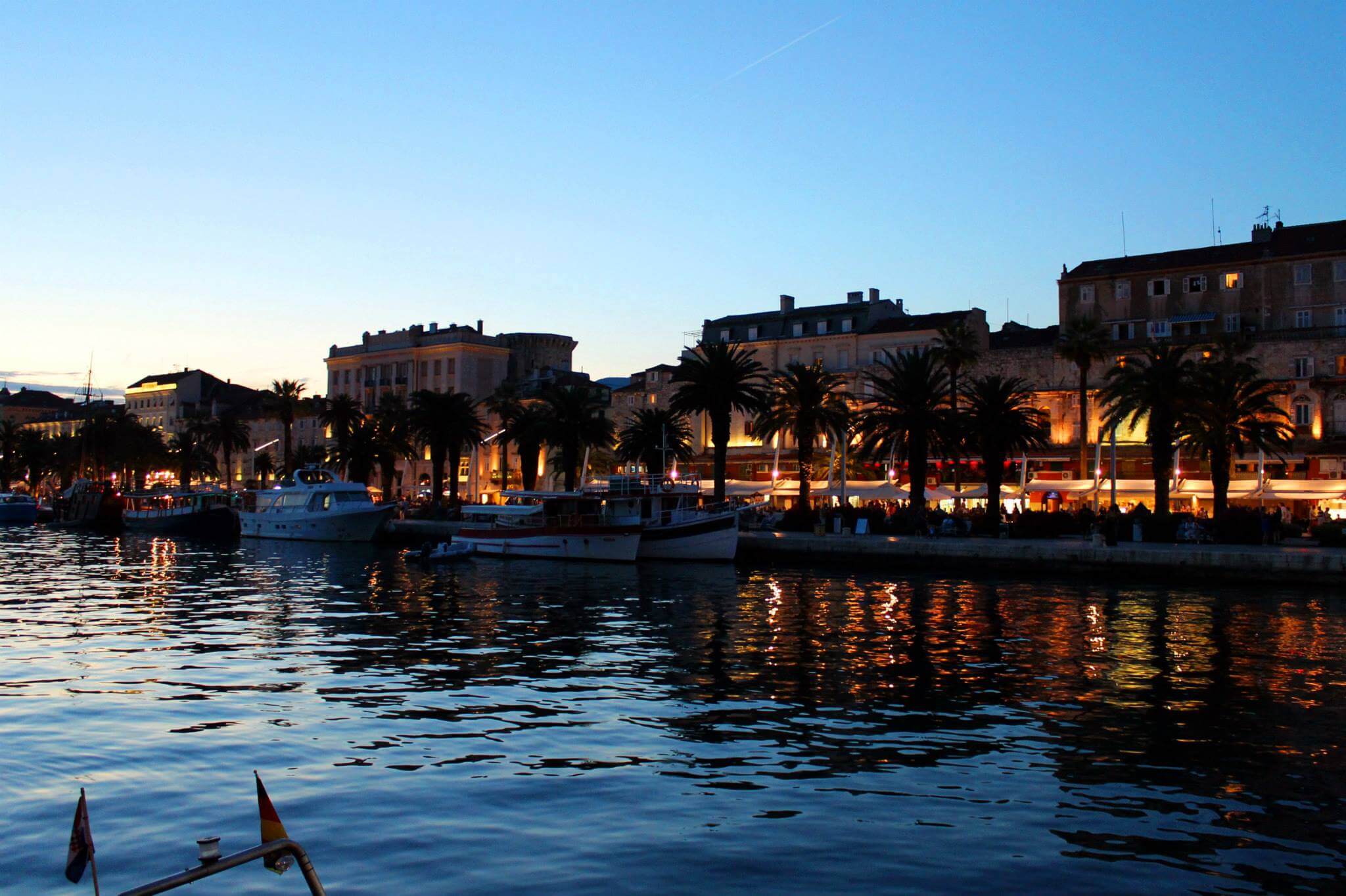
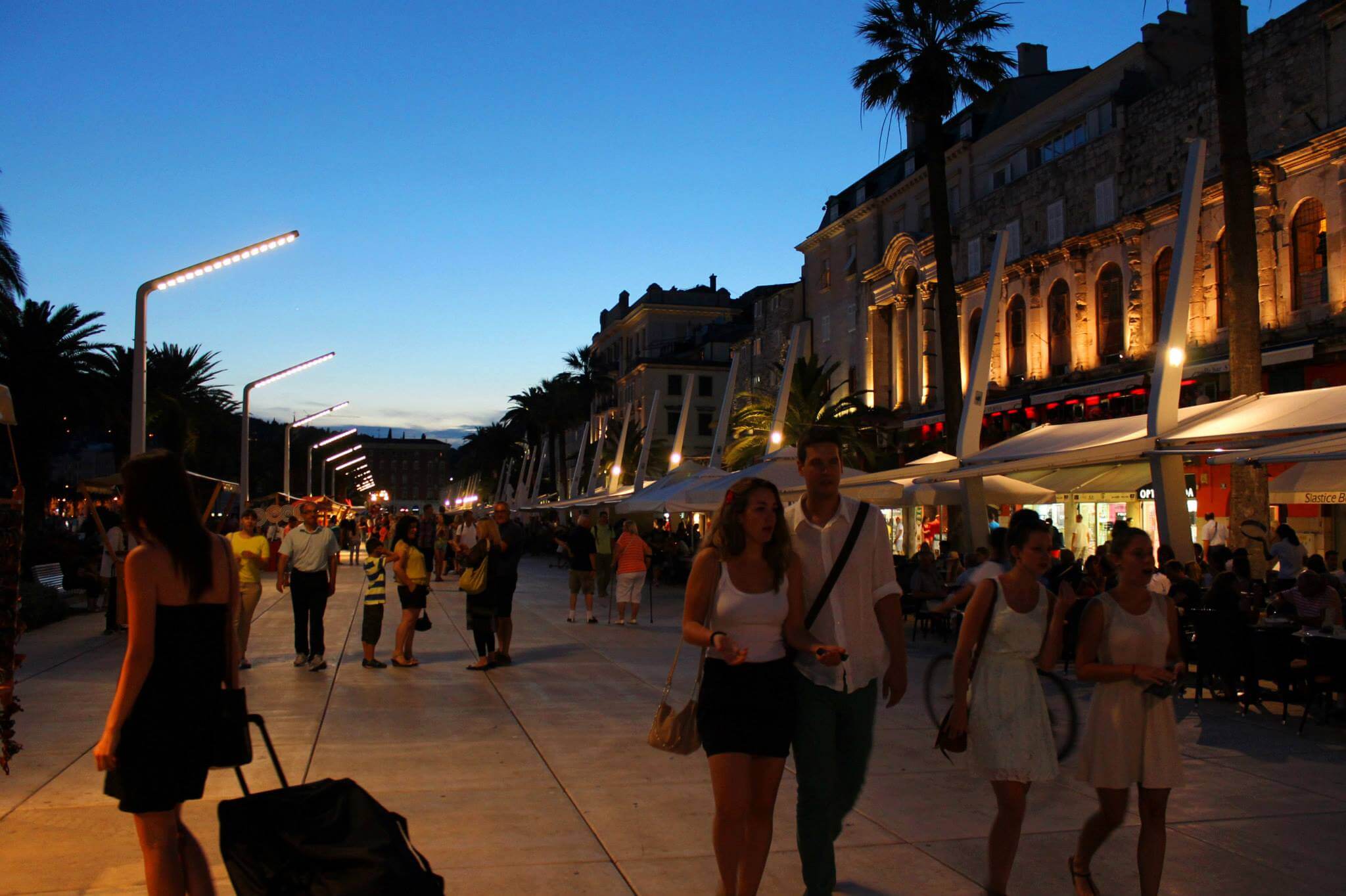
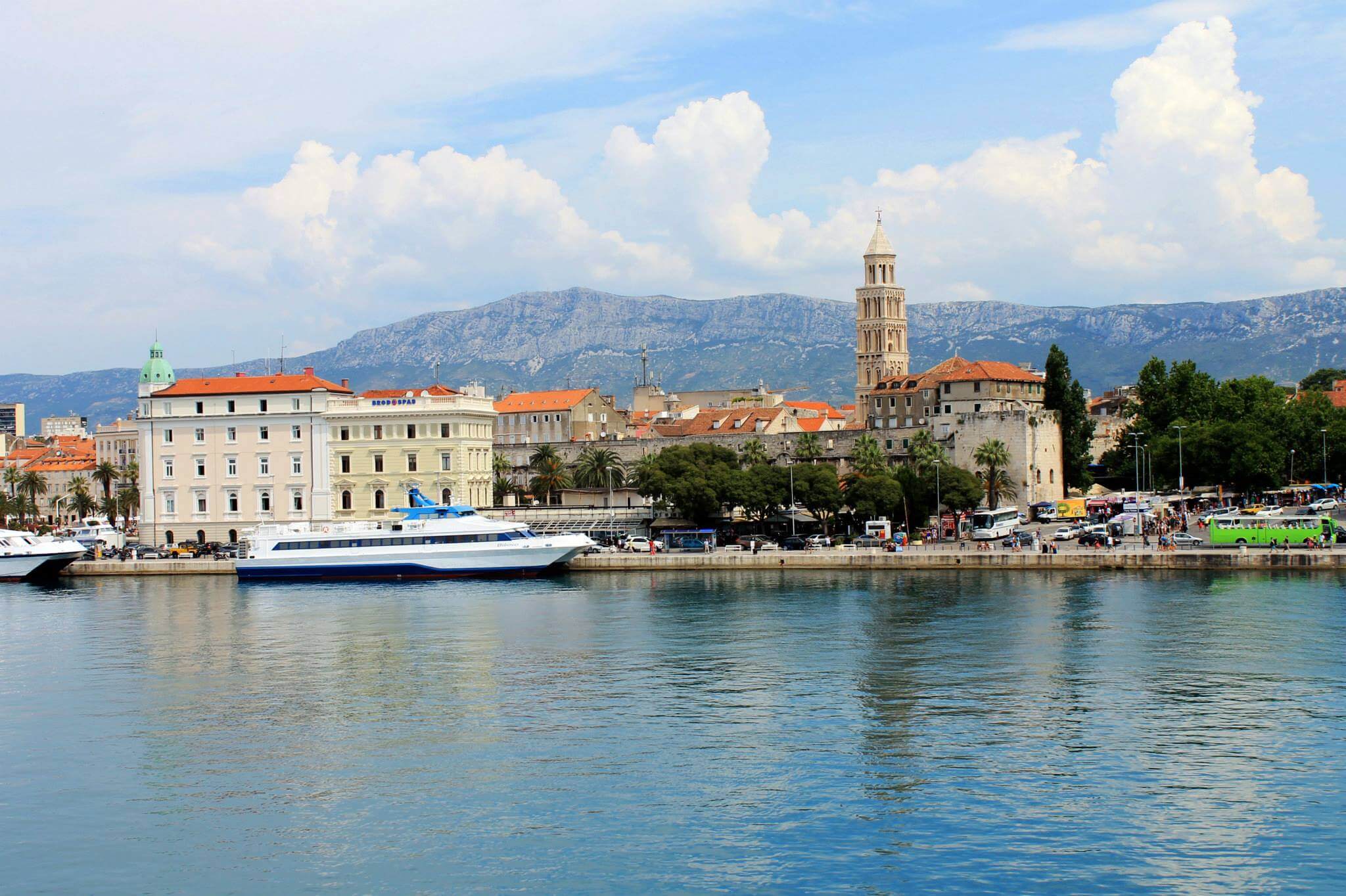
- Kotor, Montenegro
With a very small population of less than 14,000 inhabitants, Kotor is quant, relaxing and unassuming. Located on the Gulf of Kotor, the city itself has become a popular destination in recent years for tourists by boat who are interested in seeing some of the beautiful scenery that it has to offer. Nestled in between the mountains and the sea, Kotor is a really cool small city to visit especially in the older sections, which date back to the Venetian period. We really enjoyed spending the day just walking around the city and seeing all the interesting old sites.
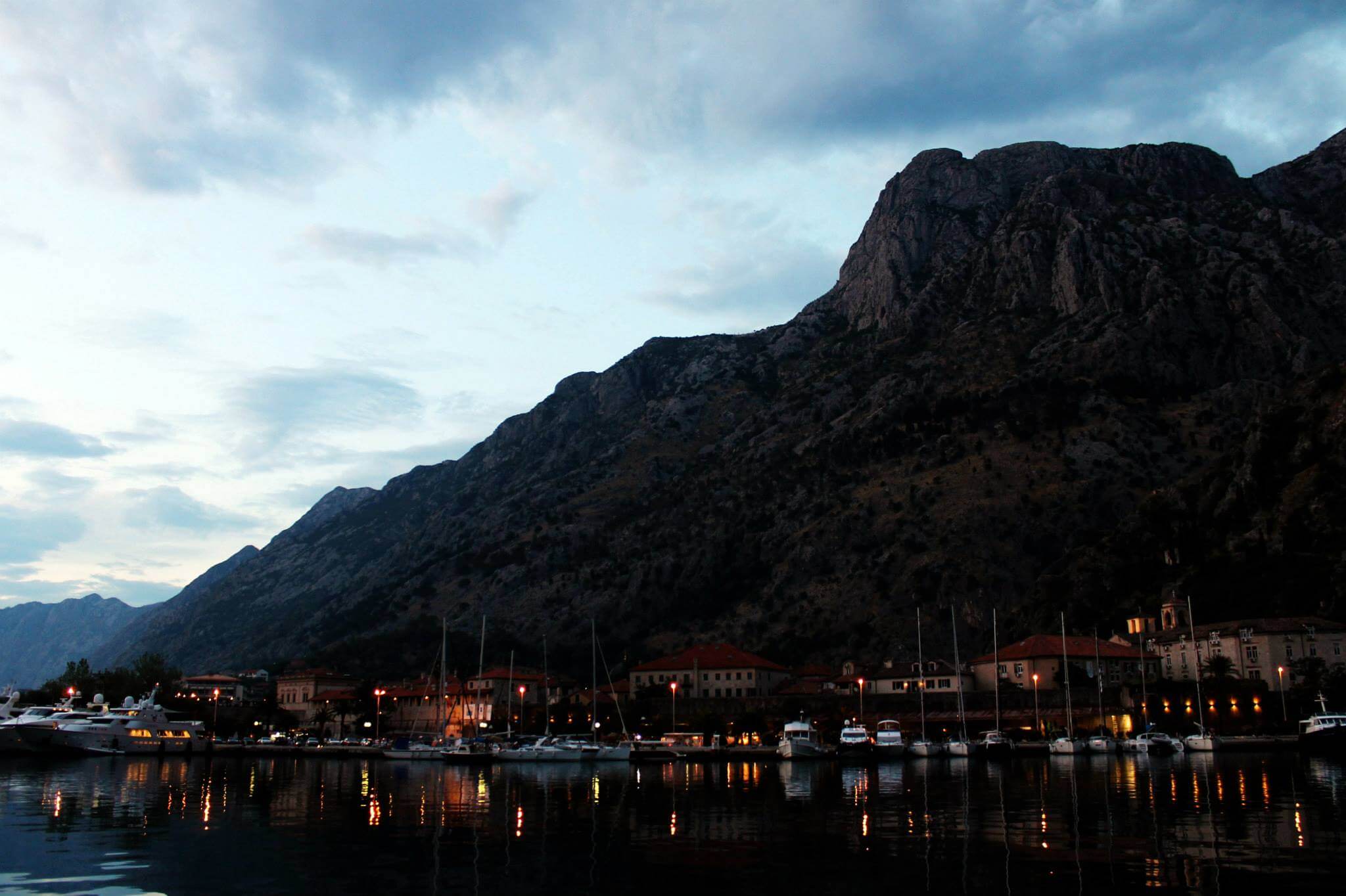
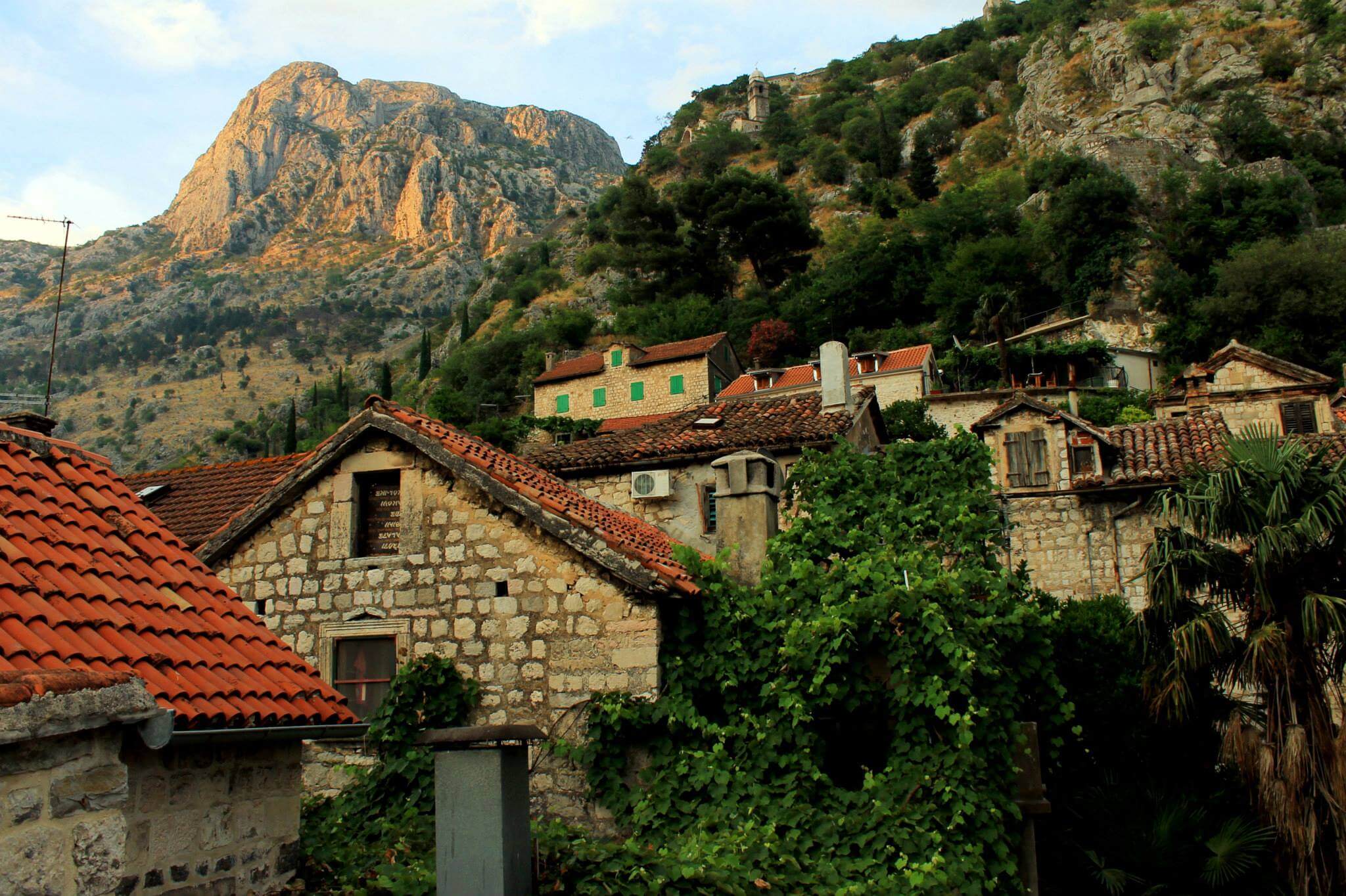
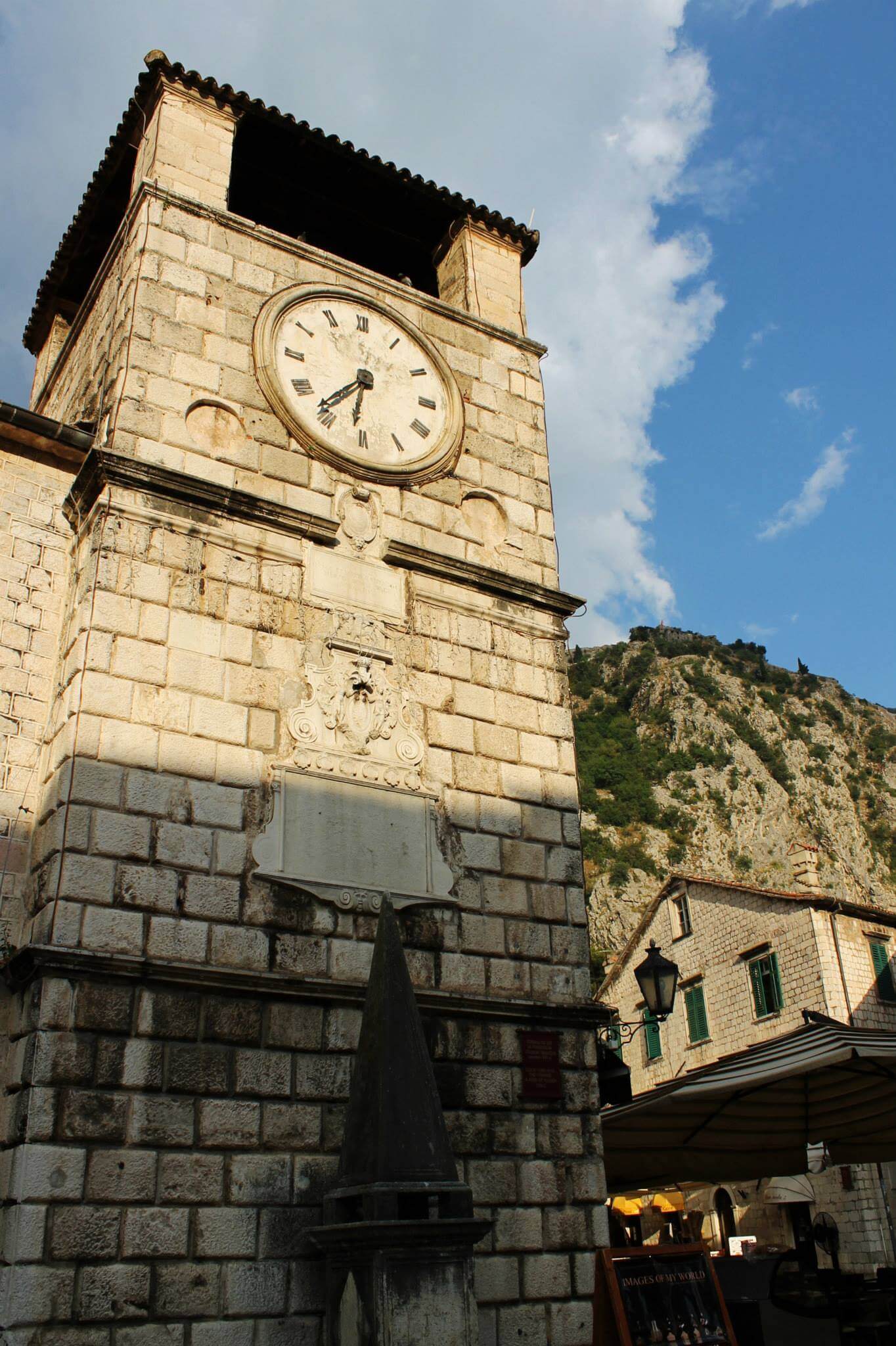
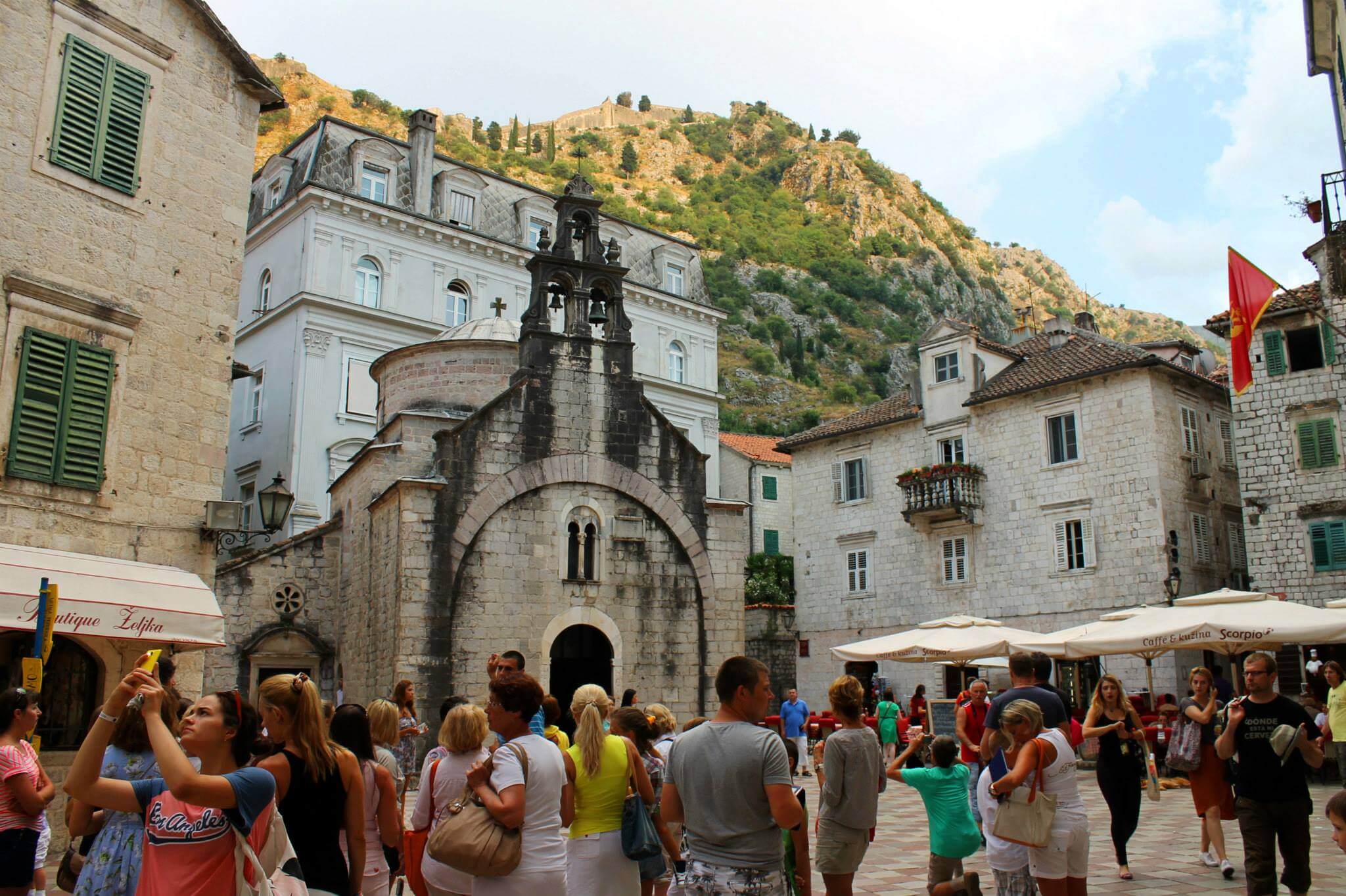
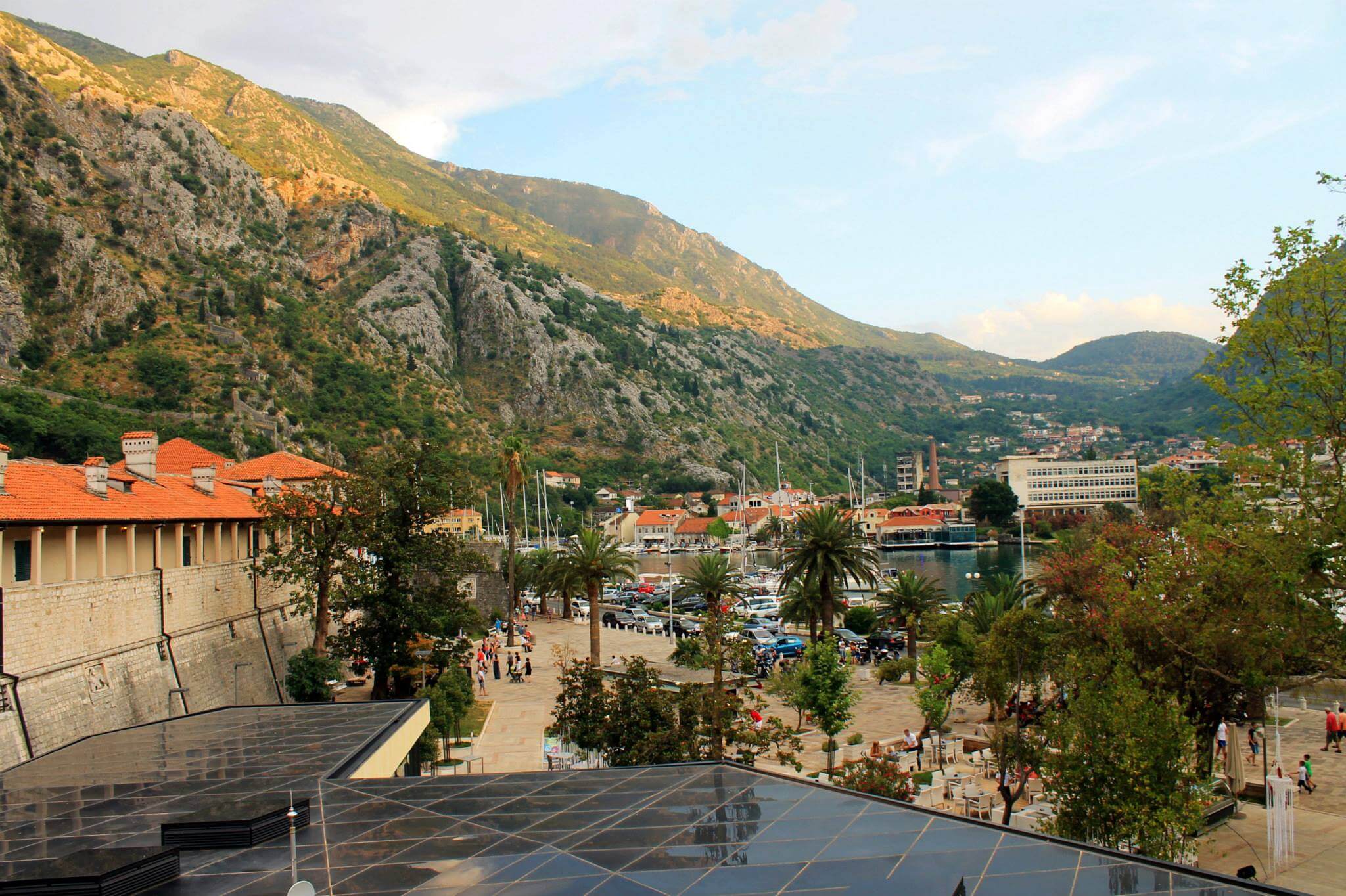
- Alicante, Spain
It seems I’m obsessed with beach cities, and Alicante is no exception. Located just south of Valencia on the eastern Spanish coast, Alicante is one of my favorite places that I’ve visited. The old city center is just what you would expect from Spain- small, winding streets lined with cafes, restaurants and people playing music, sitting out with friends and simply enjoying life. The prices are low and the food is delicious. Add to it that the main city beach (just a 10 minute walk from the city center) is really beautiful (and clean!) and there’s no way Alicante doesn’t make this list.
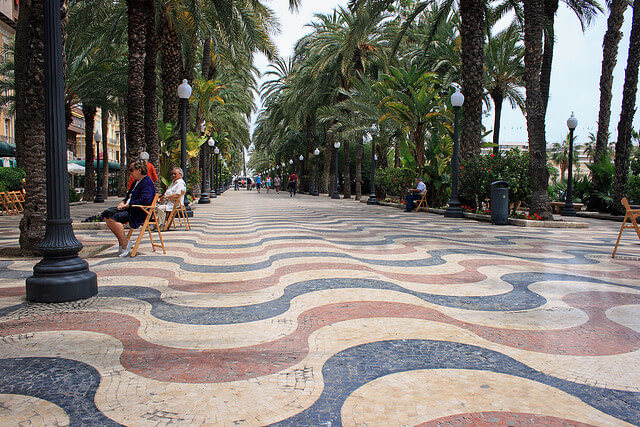
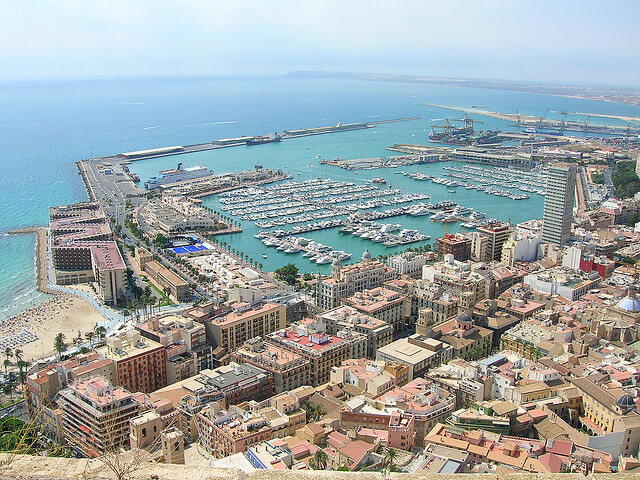
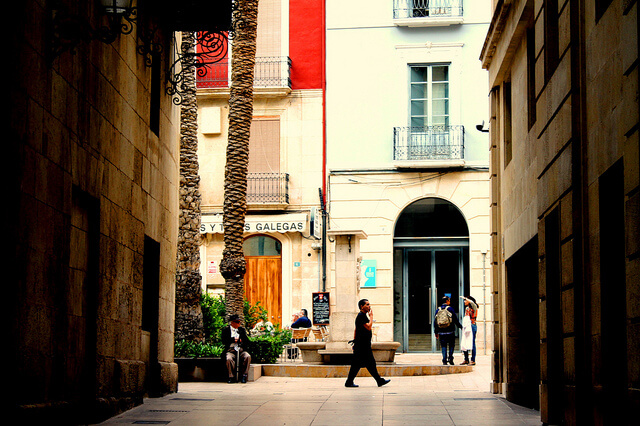
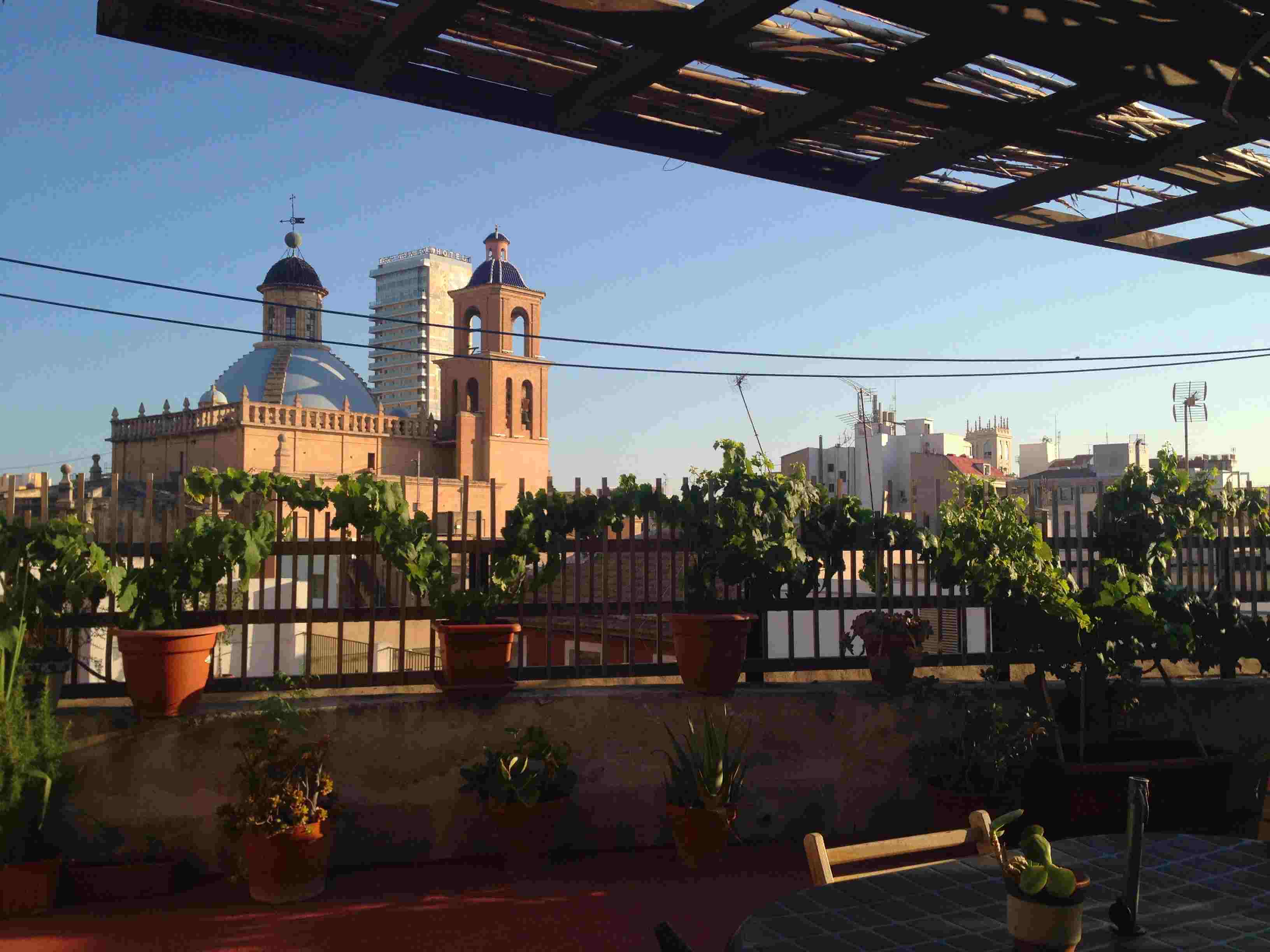
- Granada, Spain
Hands down, no exception, Granada is my favorite small city in Europe. Scratch that, my favorite city period. There aren’t many places on earth you can see a Moorish palace and citadel, explore a historic Muslim quarter, visit the Sierra Nevada Mountains OR the Mediterranean Sea in about an hour by car AND eat delicious, inexpensive tapas. With such an eclectic background, Granada has developed with a mix of Spanish and Muslim influence, notable in the foods, fashions and layout of the city. It’s small enough to walk the center by foot and is full of intriguing nooks and crannies so there is always something new to be explored. Plus, the views are AMAZING!
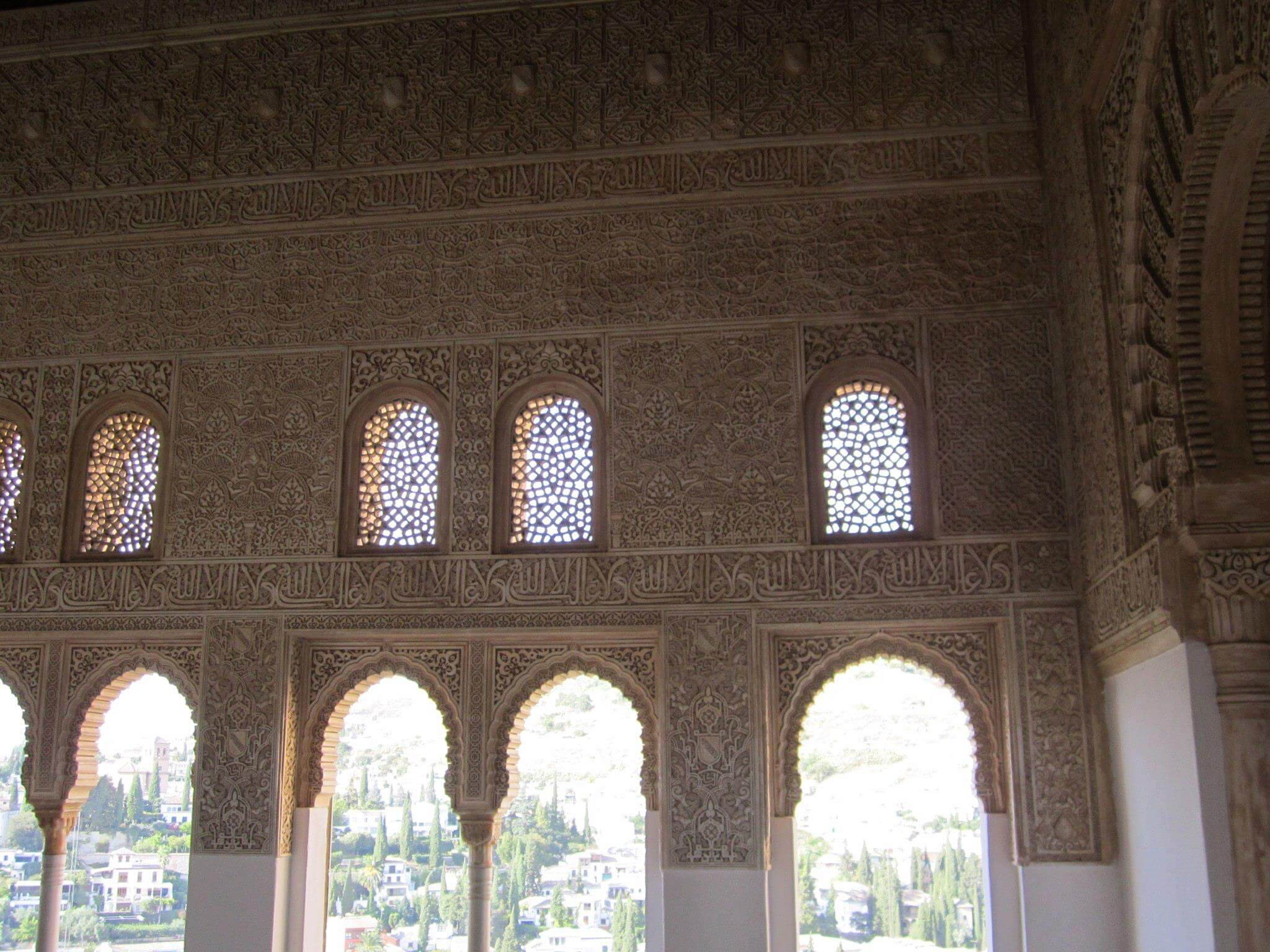
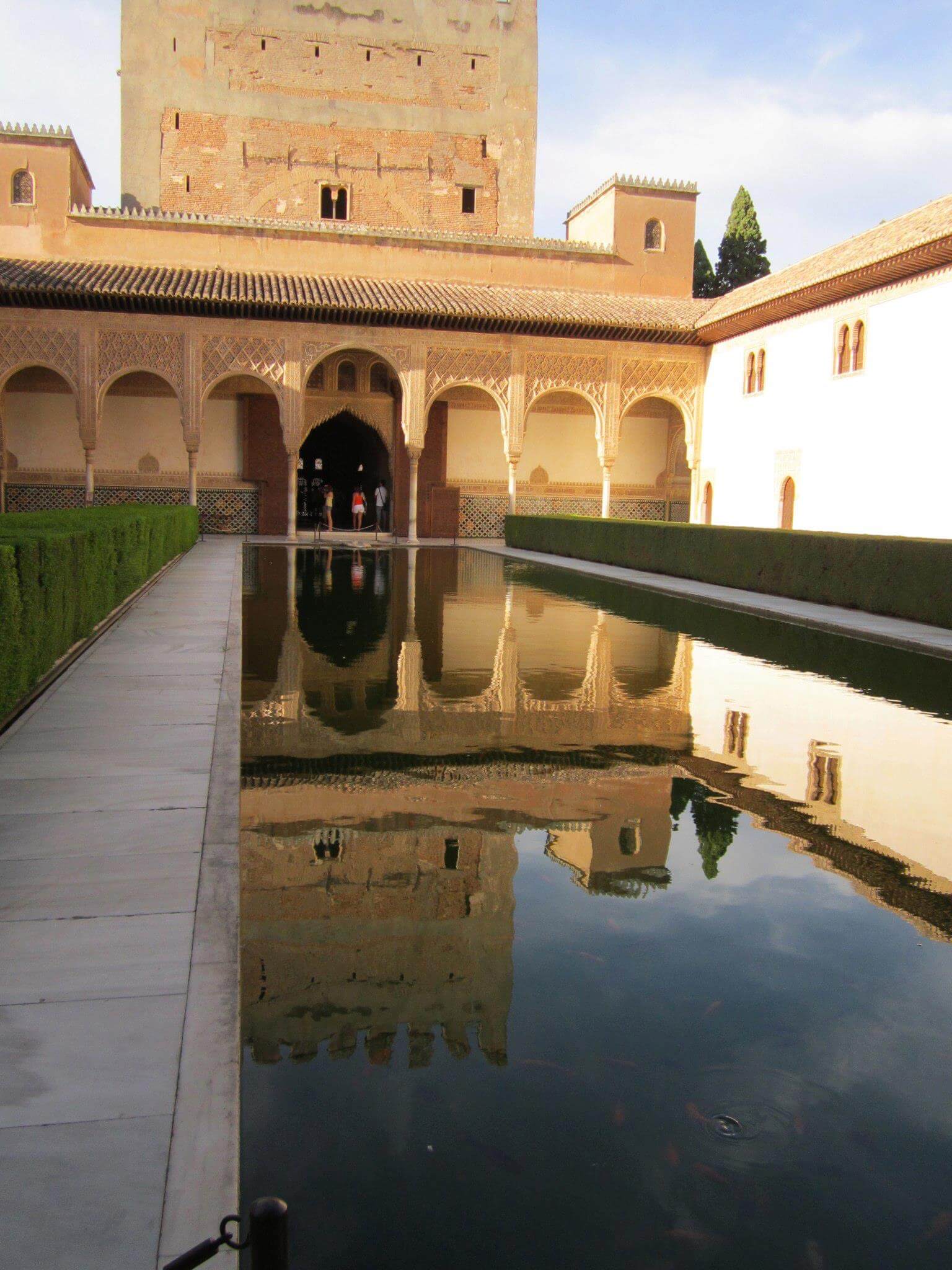
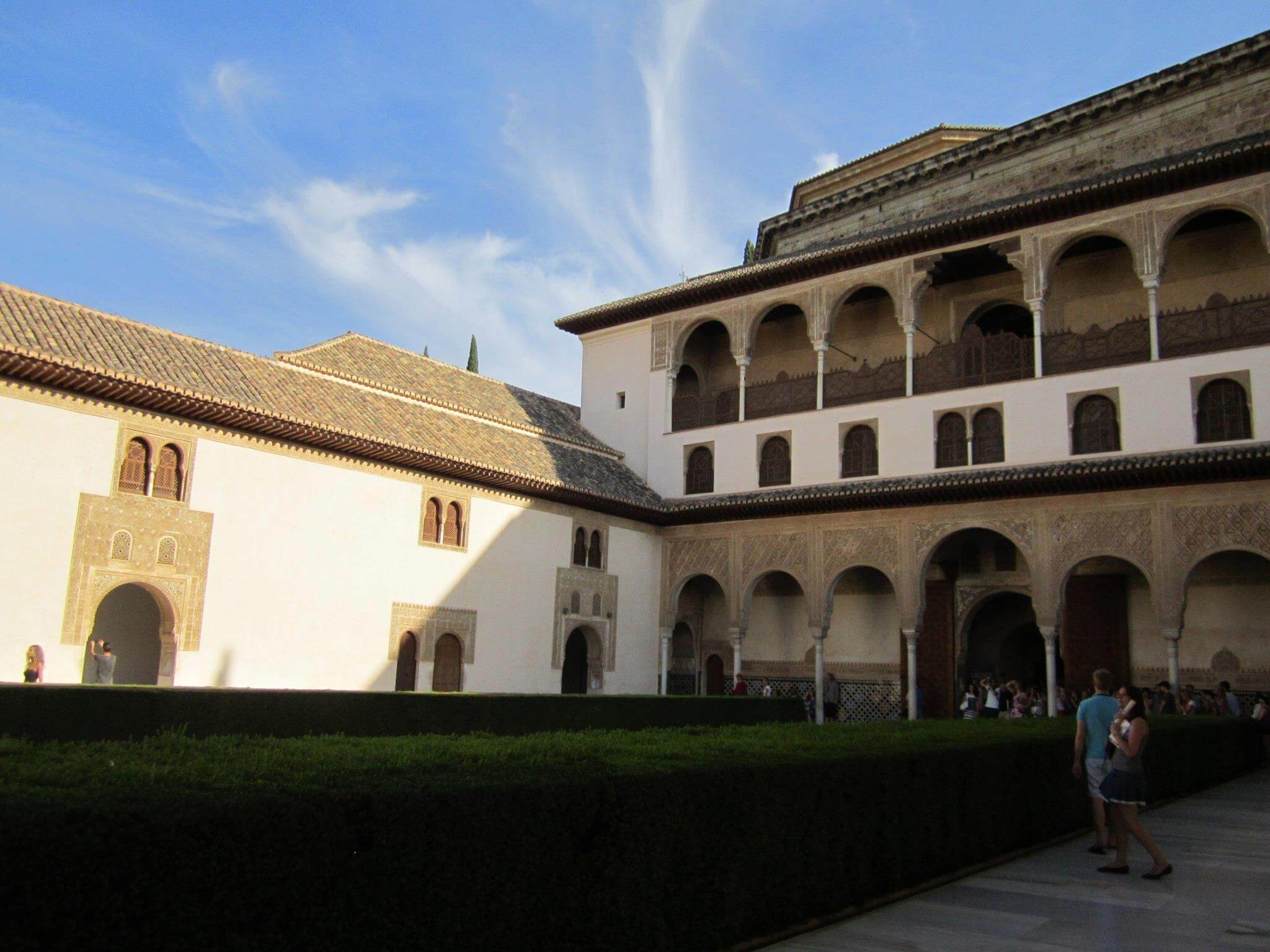
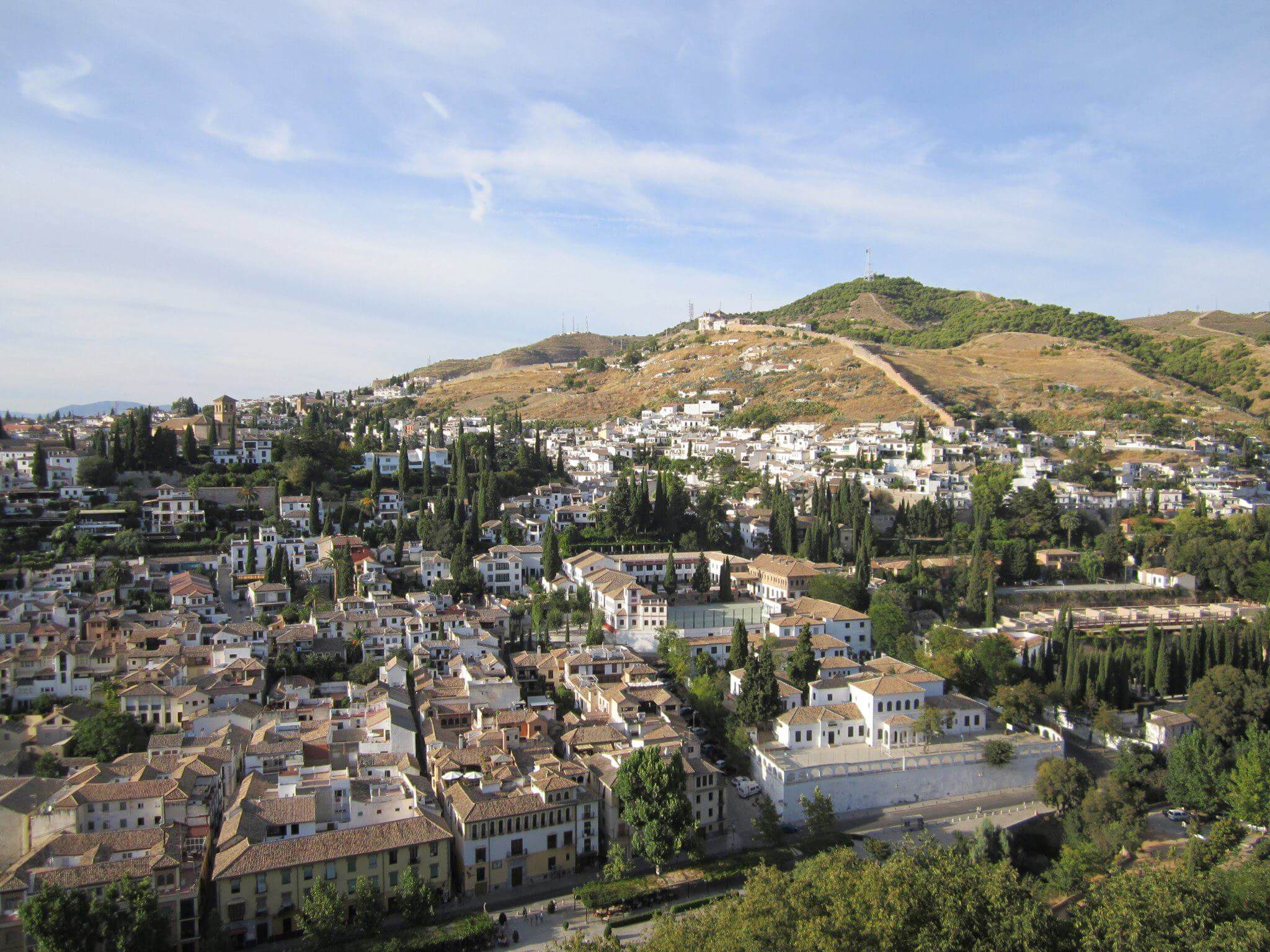
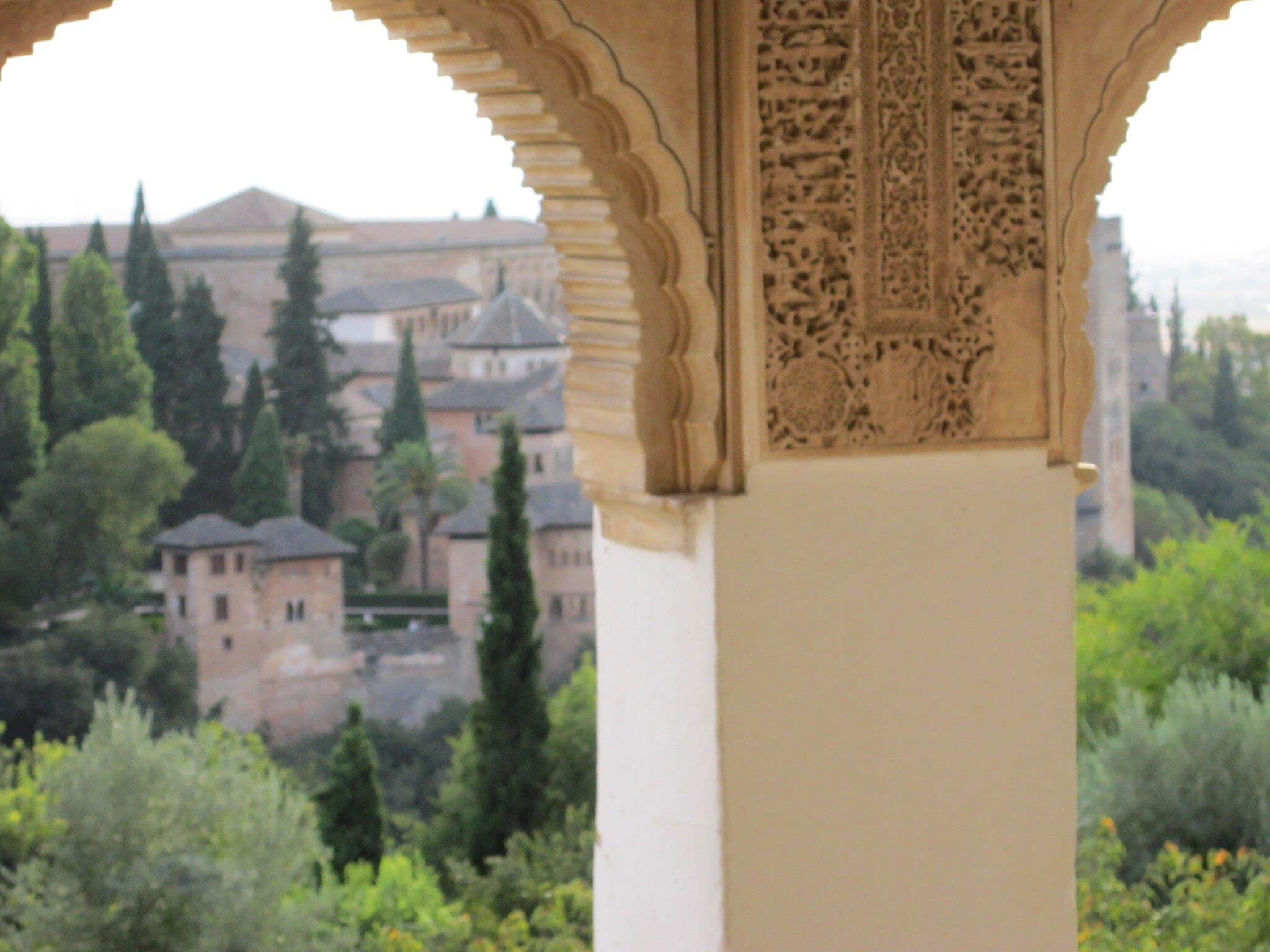
What are your favorite small European cities?
